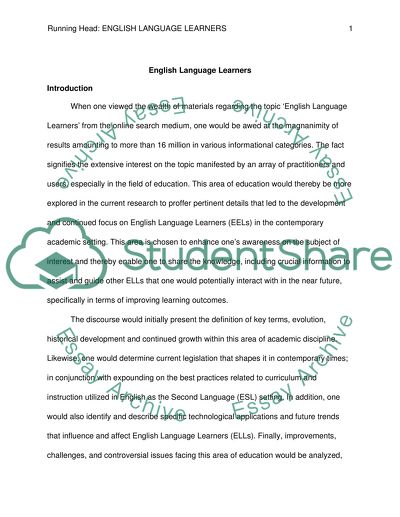Cite this document
(“English Language Learners Research Paper Example | Topics and Well Written Essays - 3250 words”, n.d.)
Retrieved from https://studentshare.org/education/1396165-english-language-learners
Retrieved from https://studentshare.org/education/1396165-english-language-learners
(English Language Learners Research Paper Example | Topics and Well Written Essays - 3250 Words)
https://studentshare.org/education/1396165-english-language-learners.
https://studentshare.org/education/1396165-english-language-learners.
“English Language Learners Research Paper Example | Topics and Well Written Essays - 3250 Words”, n.d. https://studentshare.org/education/1396165-english-language-learners.


